„Kunst Felder. Wilde Ontologien im Dienst der Aktivierung der Geschichte“, Part 1
1) “Kunst Fields”
by Armin Medosch
 PLAY
PLAY
2) “Nervous Field”
by Karl Heinz Jeron
 PLAY
PLAY
3) “We Take Nothing For Granted – On the Building of an Alert and Knowledgeable Citizenry”
by Matthew Biederman, Marko Peljhan, Brian Springer & Aljosa Abrahamsberg
 PLAY
PLAY
| The exhibition Fields showed
works by artists, agriculturalists, designers, technologists and
scientists that are truly transdisciplinary, that blur the boundaries
between different disciplines or fields in a very profound way, and
that are of a socially transformative character. These works now find
continuation through on- and offline projects. This broadcast series
entitled "Kunst Fields" presents work by six artists who participated
in the show and a seventh work by curator Armin Medosch. This work
called “Wild Ontologies” looks at creatively making
taxonomies as a performative practice. In participatory workshops called Playing Fields artists, curators and the public collaboratively invent terms that characterise a practice. Some of the terms created in discussion with artists in this short-list form the basis of texts, visuals and sounds by artists. “Wild Ontologies” will make audible the links between the Kunst Fields, the artistic practices that underpin the Fields exhibition. The works by the artists engender social fields, fields of knowledge and other open fields, from the sound of intelligent beehives to President Eisenhower's farewell speech to music made by microbes. http://rixc.org/fields/ 1) “Kunst Fields” by Armin Medosch 2) “Nervöses Feld” by Karl Heinz Jeron 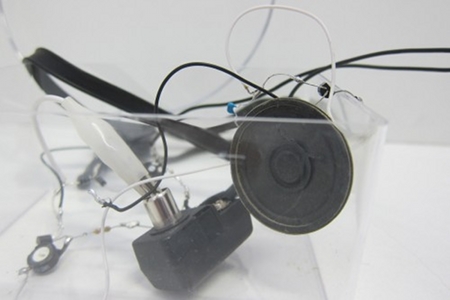 Nervous Field makes use of electric field sensing. This refers to a family of noncontact methods for measuring the position and orientation of the human body, or parts of the human body such as a hand. Electric field sensing has been used for human-computer interface, for creating new musical instruments and in the automotive industry as a solution to the rear facing infant seat problem. Electric field sensing is also an important sensory modality for several species of fish, dolphins and bees. Technological applications of field sensing, from the Theremin to the capacitive elevator button, have not been limited to simple proximity detection tasks. The physical user interface is an increasingly signifcant factor limiting the effectiveness of our interactions with and through technology. As a mean of measure, electric field sensing tells us about a strange and invisible physical world. Nervous Field introduces electric field sonification, as a physical channel and inference framework for human action. According to the measured field strength, the sound, the colour of the sound, and the volume of the sound are varied. Thus, an improvised piece of music is created from the most simple parts. The sound installation refers to the concept of aleatory music, based on aspects of chance and improvisation, as used by John Cage, Pierre Boulez, and Iannis Xenakis. http://rixc.org/fields/en/exhibition/4/Karl_Heinz_Jeron/ 3) “We Should Take Nothing for Granted! Listening Conditions for an Alert and Knowledgeable Citizenry” by Matthew Biederman, Marko Peljhan, Brian Springer & Aljosa Abrahamsberg 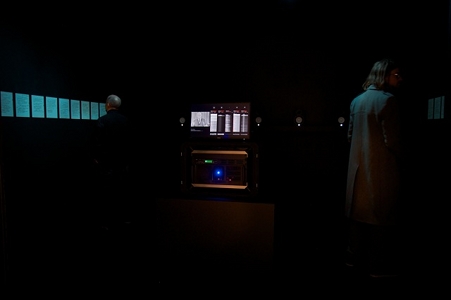 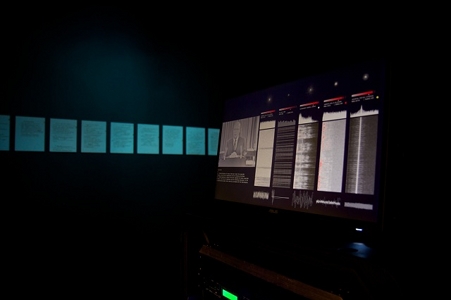 Through the mining of the global radio spectrum for both recognizable voice communications as well as digital communications including encrypted, coded, open and proprietary modes, the work addresses current positions and debates about the notions and structuring of privacy, surveillance states, safety and active civic potentials to engage and re-imagine the relationship between the global citizenry and sovereign actors with the military industrial complexes including their visible, opaque and dark structures. The title is based on Dwight D. Eisenhower’s farewell address of 1961 wherein he warns of the dangers of an unchecked military industrial complex, the extinction of creative free-thinking within higher education, and the extraction of natural resources without consideration for their renewal. The address is extremely relevant today in light of recent revelations of massive surveillance programs, perpetual information and real wars, the reshaping of the university complex and intensified resource extraction. Eisenhower's speech was not a dark forecast but instead stated that ‘only an alert and knowledgeable citizenry can compel the proper meshing of the huge industrial and military machinery of defense with our peaceful methods and goals…’ The text serves as the foundation for a set of Systemic activities in the fields of communications security, data aggregation, analysis and display and retransmission. The work reflects on the conditions for the development of ‘an alert and knowledgeable citizenry’ in societal circumstances that, despite constitutional protections, do not warrant them. 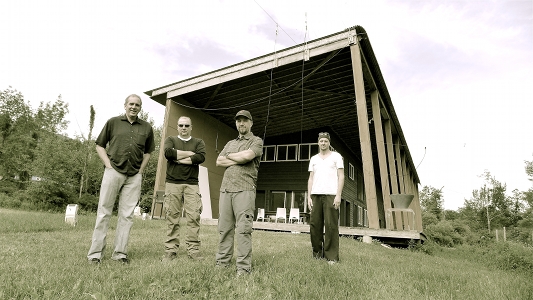 Abrahamsberg, Biederman, Peljhan and Springer have been involved in activities dealing with the art and science of radio and telecommunications through the prism of radio art, technical culture, television, film, conceptual art, electronic music, media arts and tactical media since the 1980's and 1990's, in projects such as Ladomir-faktura, Makrolab, and Wardenclyffe. They are currently working on 'Systemic tactical environments' implementing the meshing of software defined radios, data aggregation, analysis and display. 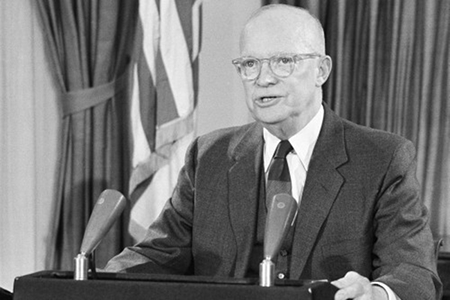 http://rixc.org/fields/en/exhibition/4/Marko_Peljhan_Matthew/ Link: [http://www.thenextlayer.org|The Next Layer – Art Technology and Social Change] Part 2 |

PROGRAM
CALENDAR
CALENDAR